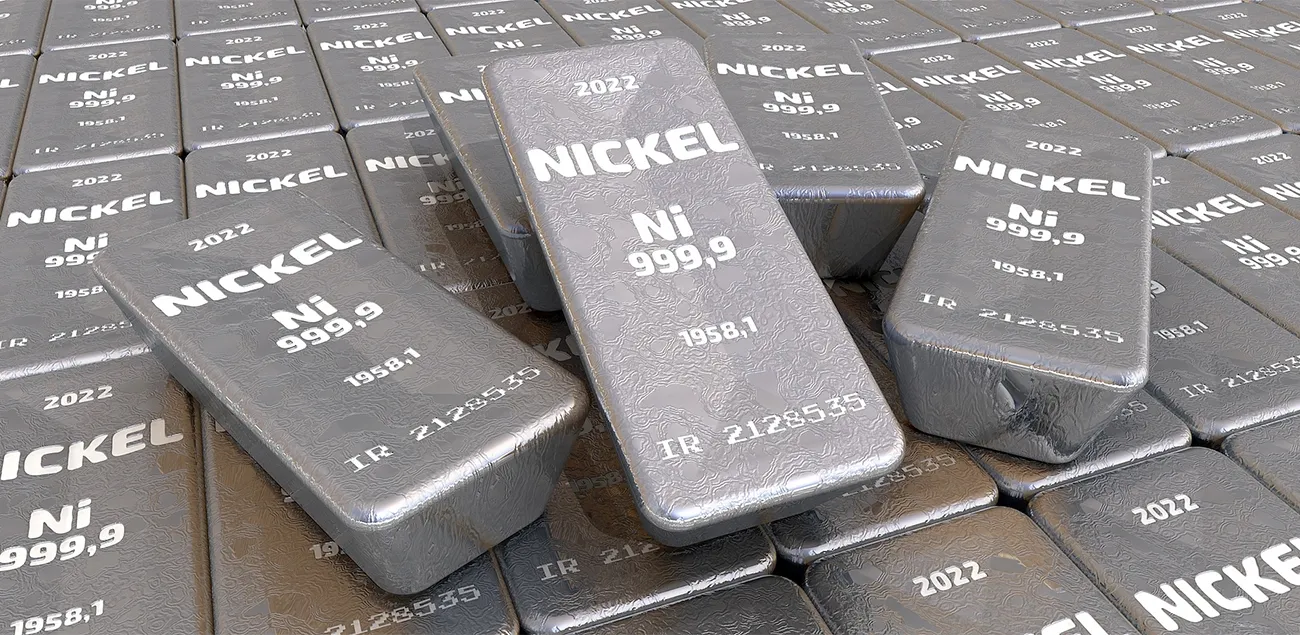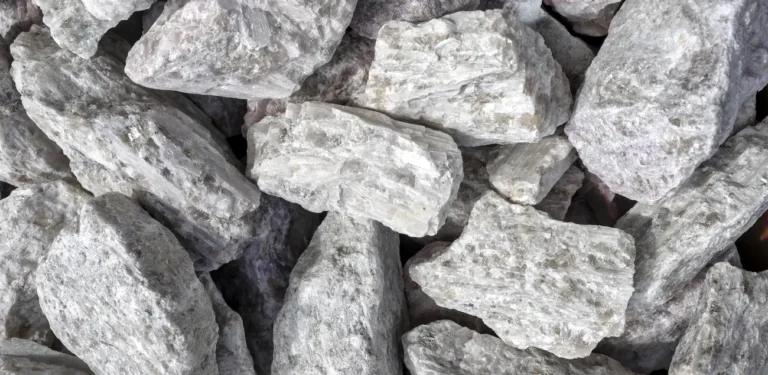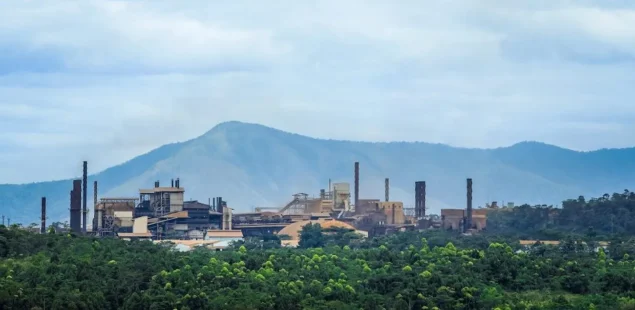
Current Nickel Price Trends
The nickel market has seen significant volatility in recent months. As of early 2025, nickel prices have recovered slightly from the sharp downturn experienced in mid-2023, driven by oversupply and subdued demand in China. Benchmark prices on the London Metal Exchange (LME) have hovered around $16,000 to $17,500 per metric ton — a far cry from the $100,000 spike seen during the early phase of the Russia-Ukraine conflict in 2022.
Key drivers of recent price movements include:
- Increased supply from Indonesia, which has ramped up nickel pig iron (NPI) and high-pressure acid leach (HPAL) output.
- Muted demand from the stainless steel industry, historically the largest consumer of nickel.
- Moderate growth in demand from the electric vehicle (EV) sector, as battery chemistries shift partially toward LFP (lithium iron phosphate) that does not use nickel.
Nickel metal news continues to highlight the battle between short-term oversupply and long-term bullish demand prospects. Prices are expected to remain volatile in 2025 as the market seeks balance.
Global Supply and Demand Dynamics
The global nickel supply chain is in a phase of structural transition. Indonesia has cemented its role as the world’s largest producer, supplying around 48% of global output. This surge, especially in class 2 nickel used in stainless steel, has contributed to a global surplus, impacting nickel news headlines throughout 2024.
However, the demand side tells a different story. The EV sector, led by companies like Tesla, CATL, and BYD, continues to invest in nickel-based battery technologies (such as NMC and NCMA). Nickel demand for batteries grew by approximately 12–15% year-on-year in 2024, with further growth expected as global EV adoption accelerates.
At the same time, China’s slowing industrial output has capped short-term consumption, while Europe’s energy-intensive industries have reduced operations amid high energy prices.
These opposing trends — surplus production and long-term green energy demand — are shaping a bifurcated market. High-grade class 1 nickel, used in batteries, remains in tighter supply than lower-grade class 2.
Impact of Geopolitical Events
Geopolitical developments continue to play a pivotal role in shaping the nickel market. The sanctions against Russia, once a top global nickel exporter, disrupted supply chains and led to speculative price spikes in early 2022. Though some trade has resumed through alternative routes, Western buyers have sought to diversify sources, accelerating investment in Indonesian and Australian projects.
The U.S. Inflation Reduction Act and EU Critical Raw Materials Act are also influencing global nickel trade. These policies prioritize domestic and allied sourcing, driving Western automakers to partner with non-Chinese suppliers.
Trade tensions between the U.S. and China have complicated this picture further. China’s dominance in nickel refining — particularly in converting class 2 nickel into battery-grade material — gives it significant leverage in global battery supply chains.
In the latest nickel metal news, investment in North American refining capacity is picking up, with Canada and the U.S. launching joint ventures to reduce reliance on Asian processing.
Environmental and Sustainability Considerations
Environmental scrutiny of nickel production is intensifying. Traditional mining, especially in tropical regions like Indonesia and the Philippines, has raised concerns over deforestation, water contamination, and local community impacts. The HPAL process used in Indonesian nickel production is particularly carbon- and waste-intensive.
In response, major producers are investing in sustainable mining practices. Companies like Vale, BHP, and Sumitomo Metal Mining are working toward net-zero operations by incorporating renewable energy, recycling technologies, and carbon capture systems.
Moreover, automakers and battery producers are increasingly demanding ESG-compliant nickel, giving rise to a premium market segment. Tesla, for instance, has publicly expressed interest in sourcing responsibly produced nickel, as part of its broader sustainability goals.
Recycling also plays a growing role. Secondary nickel from stainless steel scrap and battery recycling could account for up to 20–25% of supply by 2030, reducing environmental impacts and supply chain risks.
Future Market Outlook
The nickel market outlook suggests a complex trajectory. Short-term oversupply and price pressure are likely to persist through 2025, especially if Indonesia continues aggressive production expansion. However, the medium- to long-term picture remains robust due to growing EV demand and constrained supply of battery-grade nickel.
Key developments to watch include:
- Indonesia’s evolving export policy and value-added production ambitions.
- Western investments in refining and recycling infrastructure.
- Technological innovations in extraction and battery chemistry.
- ESG pressures reshaping procurement strategies.
According to BloombergNEF, nickel demand could double or more by 2040, with EVs consuming up to 50% of global output. To meet this surge, the world will need not just more nickel, but cleaner, responsibly sourced nickel — a challenge that will define the next decade of the industry.
FAQ
What is happening to nickel?
Nickel is undergoing a structural shift. After a supply-driven price surge in 2022, the market is now dealing with oversupply, especially from Indonesia, and weaker-than-expected industrial demand. However, long-term fundamentals remain strong due to the metal’s critical role in EV batteries and the global energy transition.
Is nickel a good investment right now?
Nickel investment is currently high-risk but potentially high-reward. While short-term prices are under pressure from oversupply, the long-term outlook is bullish. Investors should focus on ESG-compliant producers and battery-grade nickel supply chains, which are expected to see rising demand and premiums.
Does nickel have a future?
Yes, nickel has a pivotal future in the green economy. Its role in high-energy-density batteries ensures growing demand, especially from the EV and energy storage sectors. However, the industry must address sustainability, geopolitical, and supply chain challenges to secure that future.
Is nickel price going up?
In the near term, nickel prices may remain subdued or fluctuate within a narrow range due to supply surpluses. However, most analysts predict upward pressure on prices in the second half of the decade as demand outpaces new, sustainable supply sources, particularly for class 1 nickel used in batteries.



